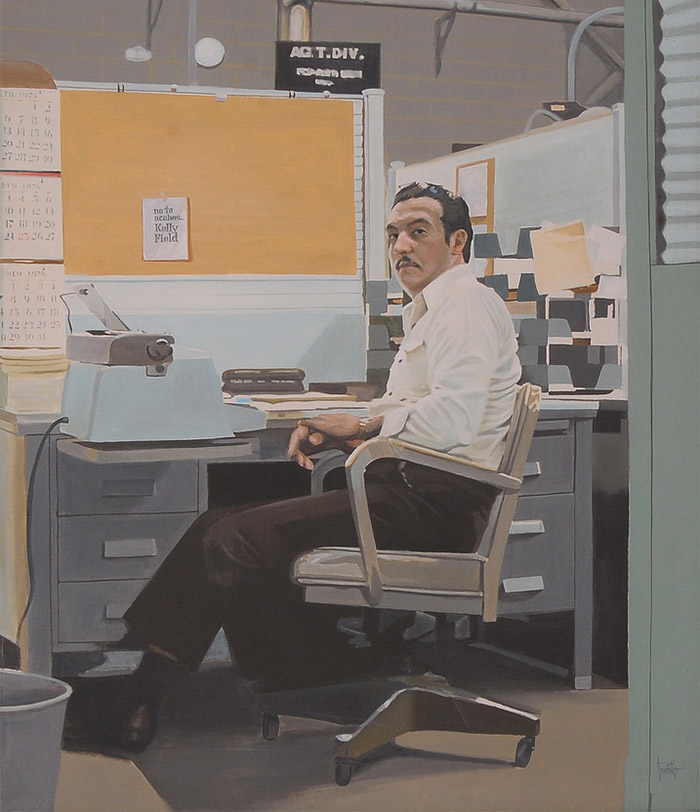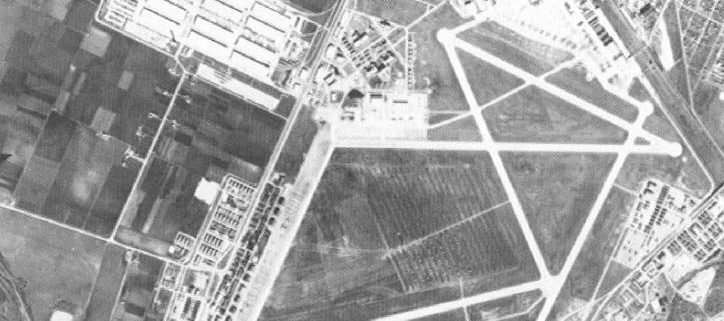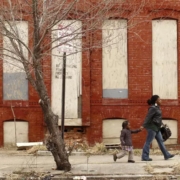Military Employment and Upward Mobility of Latinos in San Antonio
This essay is part of a new report from the Center for Opportunity Urbanism titled “The Texas Way of Urbanism”. Download the entire report here.
The long presence of military installations extending back approximately a century has led to the designation of San Antonio as Military City USA. The military continues to be one of the city’s major employers. The area’s six military bases — Fort Sam Houston, Lackland Air Force Base, Randolph Air Force Base, Brooks City-Base, Camp Bullis, and Camp Stanley — together represent one of the largest active and retired military populations in the country. A 2011 study found that the Department of Defense (DoD) had a $27.7 billion impact on the city’s economy; supported 189,148 jobs in the city; granted $4 billion in contracts locally; and provided support for 55,000 DoD retirees in the community.
The military presence has touched the lives of countless of San Antonians, particularly Latinos in the city. Especially important was the role played by Kelly Air Force Base (AFB) (officially renamed from Kelly Field in 1948)—located in the city’s heavily Latino Westside. Former San Antonio mayor and former secretary of the Department of Housing and Urban Development, Henry Cisneros, who grew up on the Westside, recently recalled with affection that his own father as well as neighbors worked at Kelly.
Nelson Wolfe, Bexar County judge and former mayor of San Antonio, notes that “For generations of Hispanic families, probably more so than anybody, …it [Kelly AFB] pulled them out of poverty, it gave them hope…. Kelly was the key factor in offering upward mobility for Hispanics.” Kelly provided opportunities for Mexican Americans who for generations had been excluded from opportunities for advancement. Employment at Kelly offered steady work and allowed Mexican American workers—many who were veterans—to buy a home and send their children to college.
Local artist, Jesse Treviño, himself a veteran of the Vietnam War where he lost his right hand, aptly captures the image of the Latino worker at Kelly in his painting titled “No Te Acabes Kelly Field” meaning “Do Not End Kelly Field.” Sarah Fisch describes the Latino worker featured in the painting: “Here’s a guy with a government desk job, in his cubicle, manning his part of the federal territory, meeting you face to face. You’re forced—challenged—to meet his eyes, to meet this portrait’s subject on his terms. It’s a bracingly powerful image….”

The 1995 Defense Base Closure and Realignment Commission (BRAC) ordered the closing of Kelly. In 2001, it became part of nearby Lackland AFB, with the majority of operations becoming Port San Antonio, an industrial business park.173 Port San Antonio today is housed on 1,900 acres and is home to 70 private and public organizations along with 12,000 employees working in the aerospace, logistics/ manufacturing, and government/military industries.
The long-term impact of Kelly on the community and the city’s Latino population remains significant. For example, Arturo V. Perez, who passed away earlier this year, worked for Kelly AFB beginning in the mid-1950s. Perez rose through the ranks from supply clerk to senior engineer. Through his work at Kelly, he was able to make sure that all of his five children graduated from college. While working at Kelly, he earned his GED and completed electronic training, which opened an opportunity for him to work on radios and televisions in the evenings. After he retired from Kelly, Perez opened his own business—Arturo’s Barbacoa (barbacoa is a slowed-cooked version of barbeque), a very popular restaurant that he operated for twenty years.
Manuel J. Jimenez, who passed away in October 2015, worked at Kelly AFB as an aircraft mechanic after returning from serving in the Philippines during World War II. His work at Kelly helped him provide well for his family. After 36 years, Jimenez retired and opened Pipo’s Lounge, a small bar that grew into a popular family-oriented dancehall.
A generation of activists, like Luz Medina Escamilla, learned organizing skills at Kelly. Escamilla, who passed away in June 2014, had a successful career spanning four decades at Kelly AFB, rising from key puncher to system analyst. She was a community activist with a deep passion for issues concerning women and education, serving as a delegate at the first United Nations International Conference on Women, held in Mexico City in 1975. Escamilla mentored many local women activists, including María Antonietta Berriozábal, the first Mexican American woman elected to the San Antonio City Council (1981-1991).
Military employment no longer plays as dominant a role in nurturing upward mobility for Latinos in the city. In their study of Mexican Americans in San Antonio and Los Angeles, Edward Telles and Vilma Ortiz observed a significant drop in military employment in San Antonio from 16 percent among parents in 1970 to 1 percent among their children in 2000. Still, according to the 2010-2014 American Community Survey, Latinos who are U.S. citizens are more likely to hold a federal government job in the San Antonio-New Braunfels Metropolitan Area (4.3%) than in the other three major metropolitan areas of the state (Austin-Round Rock, 2.3%; Dallas-Fort Worth-Arlington, 1.9%; and Houston-The Woodlands-Sugar Land, 1.4%).
The legacy of military presence in San Antonio remains a critical element for the Latino community. For a generation of Latinos excluded from social and economic opportunities in the private sector, employment in the city’s military bases helped them attain a middle-class life for themselves and their families. Many Latinos in San Antonio today retain a familial link to the military bases in the city. This legacy remains, and constitutes an important part of the success story of this great American city.
Rogelio Sáenz is Dean of the College of Public Policy and holds the Mark G. Yudof Endowed Chair at the University of Texas at San Antonio. He is also a Policy Fellow of the Carsey School of Public Policy at the University of New Hampshire. Sáenz has written extensively in the areas of demography, Latina/os, race and ethnic relations, inequality, immigration, public policy, social justice, and human rights. He is co-author of Latinos in the United States: Diversity and Change and co-editor of The International Handbook of the Demography of Race and Ethnicity. Sáenz regularly writes op-ed essays on social, demographic, economic, and political issues with his contributions appearing in such newspapers as the Austin American-Statesman, El Paso Times, New York Times, Rio Grande Guardian, and the San Antonio Express-News.
Top photo: United States Air Force [Public domain], via Wikimedia Commons









